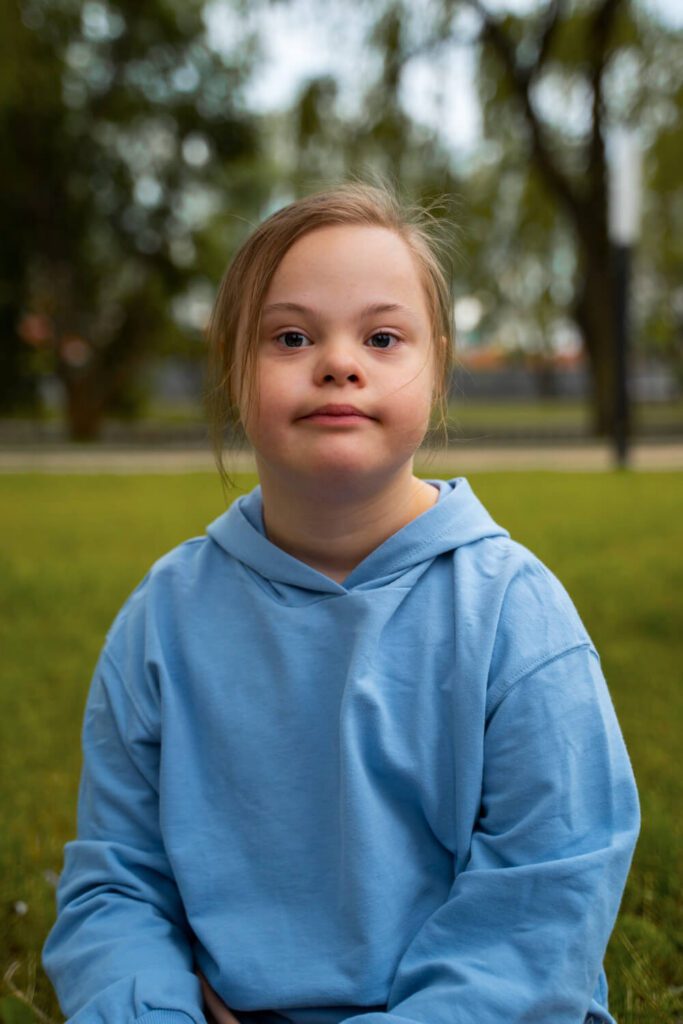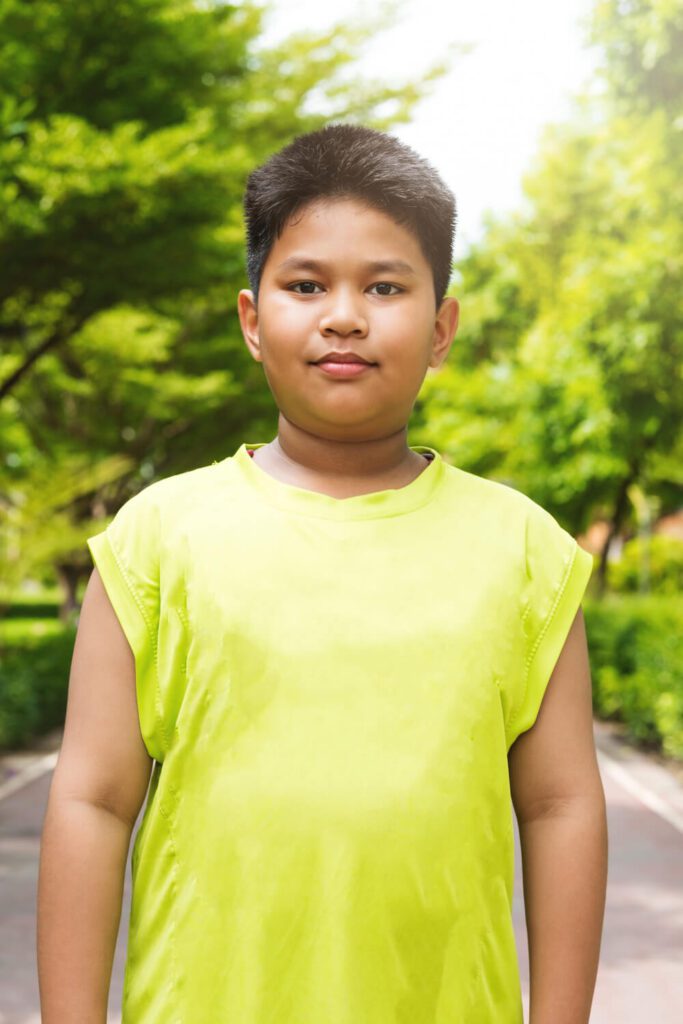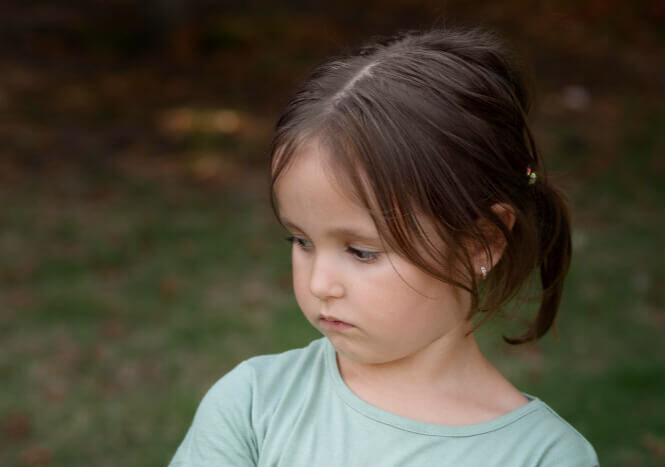Through curriculum, posters, reward systems, and lunchroom rules, schools encode a silent but relentless message: that certain bodies are dangerous, excessive, or deviant. Fat children are positioned as futures to be prevented. Neurodivergent children whose eating diverges from the norm are framed as problems to be solved. The desk that squeezes, the poster that moralises, the glance that lingers too long—each becomes a lesson in shame passed off as care.
The moralisation of health
School-based health instruction draws on a deeper cultural logic: healthism, or the belief that moral worth can be measured through bodily conformity. Health class teaches students to rank food by virtue. PE celebrates speed, control, and endurance. Lunchroom staff enact surveillance in the name of wellness.
I cannot count the number of times my daughter has been told she must eat the ‘healthy’ things in her lunch before she may touch the ‘unhealthy’ ones—by a well-meaning staff member who assumed this hierarchy would somehow retrain her nervous system. This daily coercion, wrapped in smiles and good intentions, has brought her to the brink of a major eating disorder.
The logic of school-based food control is not neutral; it is violent, disordered, and precise in its cruelty. Fatness becomes a site of risk management. A restricted diet becomes evidence of discipline. In both cases, children learn to mistrust their appetites and treat hunger or satiety as states to perform, not feel.

Food as a disciplinary technology
Food becomes a tool of reward and punishment, a currency for compliance, and a litmus test for goodness. Candy follows quiet. Pizza follows obedience. Gummy bears follow performance. Fat children learn to mask hunger and shrink joy. Children with ARFID are pushed toward discomfort under the guise of therapeutic exposure. Preferred foods are withheld. Shame is framed as self-regulation. Consent disappears. Eating becomes spectacle, strategy, and survival. The right to nourishment becomes conditional.
-
Apparently, starving yourself isn’t a serious mental health condition in VSB
There is a kind of harm that unfolds slowly — a hunger that accumulates across weeks and…
Surveillance and erasure in the classroom
Lunch becomes a battleground, as teachers scan lunchboxes and chairs restrict movement. Safe foods are monitored, restricted, or mocked. Children live in fear of their lunchbox being assessed. I remember the hot tears and anger of my child when her teacher decided her juice box was the enemy and called it out in front of all the other students. One child’s snack becomes a disciplinary trigger for the class. One child’s avoidance is misread as defiance. Thinness earns praise; stillness earns stickers; silence earns autonomy. Difference becomes suspect. All children learn that their bodies are public property in need of correction.
Movement as compliance
PE functions as biopedagogy—a curriculum not only of activity but of bodily acceptability. Uniforms that do not fit, activities that reward only one kind of body, and assessments that penalise difference teach children to perform physicality for approval. Fat students are told to push harder. Children who have not eaten are told to endure. Movement becomes a means of demonstrating control, not accessing joy.
-
What are we teaching them in gym?
After months of thinking about collective punishment, I was drawn to memories of my own painful experiences…
Assimilation and its costs
Schools valorise the child who adapts: the fat child who works to lose weight, the neurodivergent child who hides their distress. Independence is the highest honour. Praise follows compliance. Those who resist are reframed as disordered or oppositional. Wellness becomes conditional on self-denial. Gratitude is expected for partial inclusion. Institutional comfort takes precedence over bodily autonomy. Discomfort is pathologised only when it disturbs authority.
-
The right amount of agony in BC schools
After watching my children endure eight years of institutional failure, eight years of exclusion disguised as discipline…
Institutionalised shame
This harm is collective and choreographed. It is embedded in the instruction, the meal plan, the annual health unit, and the structure of the school day. It is perpetuated by educators, families, and peers—each internalising and reproducing a narrow ideal of the good body. Shame moves silently through schools, masquerading as care. It teaches children that food is a site for control, fatness is a threat, and appetite is a force to be conquered.

What justice requires
Justice requires more than tolerance. It requires dismantling the logics of punishment, assimilation, and control that animate school-based food and body regimes. Fat children and children with eating differences deserve food without shame, movement without measurement, and education without discipline by hunger. They deserve the right to exist in their bodies, as they are, without correction or performance.
A different vision
Let schools nourish rather than discipline. Let health be reframed not as conformity but as capacity for pleasure, connection, and self-trust. Let classrooms recognise the politics of food and honour the right to eat without surveillance. Let PE celebrate absurdity, softness, and play. Let access be infrastructural, not negotiated. Let children be free to need, to eat, to rest, and to move without fear of being made a lesson.
Let schools become places where bodies are not just taught—but trusted.










